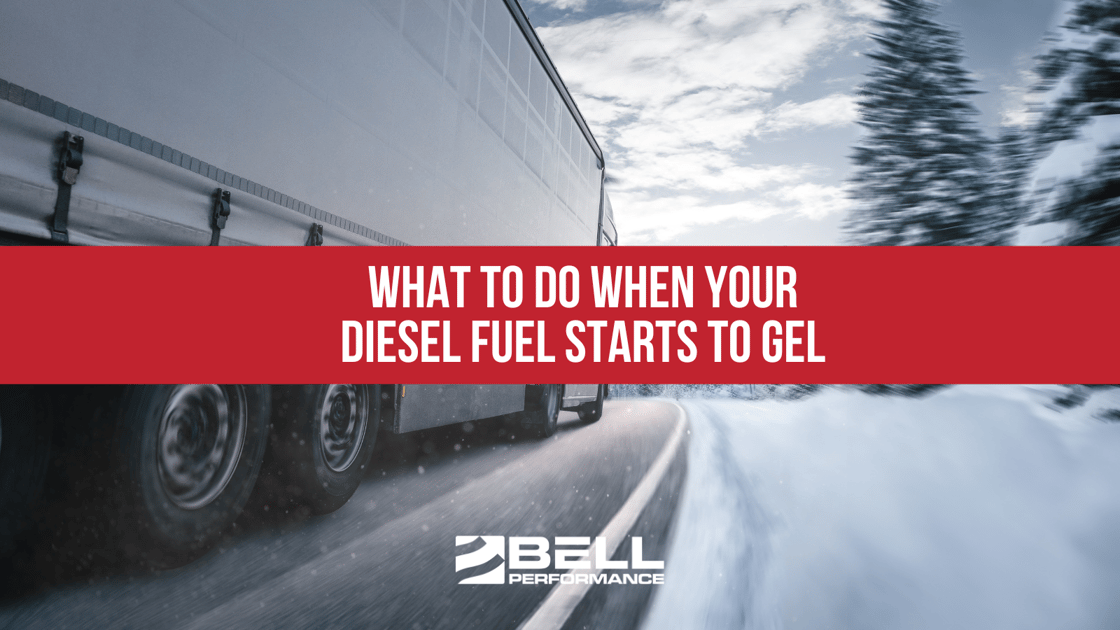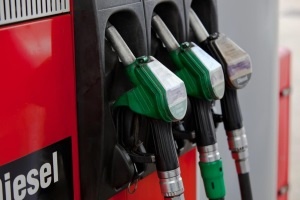3 Reasons Why Commuters Should Embrace Diesel
We’ve all been subject to the whims of unstable gas prices for years. They go up, down, and back up, with no discernible reasons why. Dissatisfaction...

Are you gellin'? No, this isn't a Dr. Scholl's ad, but rather a question all diesel fuel users should be asking themselves during the cold winter months.
With these harsh cold temperatures, the paraffin wax that makes up a portion of the diesel fuel mixture has the tendency to thicken, potentially advancing to the point where it can plug your fuel filter, preventing the engine from running at all.
In fact, the wax can become so thick that the entire diesel fuel tank may harden like a block of ice, to the point where it will no longer pour.
In these cold weather months, you definitely don't want your diesel fuel to start gelling.
Thankfully, there are a number of things you can do to prevent diesel fuel from gelling to keep your engine running to its full potential. Here's a look at what to do when your diesel fuel starts to gel. Actually, we should BEFORE it starts to gel, as the chemical treatments only work if administered before that point.
One of the easiest and most common ways to prevent your diesel fuel from gelling in the winter months is to add a winter fuel additive to your diesel fuel tank.
Mixing in an anti-gel fuel additive will work to alter the temperature point at which gelling occurs; therefore, it will have to be much colder than the normal winter weather for gelling to take effect.
Anti-gel treatments are typically combinations of different active ingredients that address various aspects of how and why diesel fuel gels. We've written a lot about that in other places. One thing to keep in mind, though, is that winter anti-gel products that claim large temperature drops for very low treatment rates (like 1:5000) probably aren't going to work. Anti-gel or cold flow improver treatment is something where there are no shortcuts. There's no magic formula to make a fuel that normally gels at 10 degrees gel at -40 degrees with just a few drops. If the anti-gel you're assessing seems to have an unusually low treatment rate, it's best to pass on that.
Another way to prevent and correct diesel fuel gelling is to make sure your vehicle or engine is stored in a heated area during the winter months. Gelling typically occurs when a fuel tank has been sitting dormant for some time. Allowing your fuel to solidify.
Storing the tank in a heated garage or warehouse can prevent this from occurring.
Mixing kerosene is the most common alternative to using a cold flow improver. The kerosene (#1 diesel fuel oil) doesn't have any kind of magical chemical effect, it simply dilutes the paraffin. This gives the effect of lowering the cold filter plug point of the diesel fuel.
Under which circumstances is it going to be better to use kerosene vs. using an anti-gel? The answer lies primarily in how much temperature drop you need to achieve. Acknowledging the caveat that any kind of fuel gelling discussion is "fuel dependent", a good anti-gel should be able to lower your cold filter plug point by, say, 15-20 degrees, and do it at around a treat rate of, for example, 1:1000. It is very much situation dependent, so we use 1:1000 as an example if only to say that it could be 1:700 or 1:1500, but it's not likely to be really really low like 1:5000.
If you want to achieve the same drop by diluting with kerosene, the rule of thumb is that you'll get a drop of around 3 degrees for every 10% kerosene you add. So to drop the temperature by 15 degrees, you could be looking at having to use 50% kerosene.
Diesel fuel gelling isn't just harmful for your engine, but also for your productivity. Thankfully, with a little bit of effort, it can be easily prevented.

We’ve all been subject to the whims of unstable gas prices for years. They go up, down, and back up, with no discernible reasons why. Dissatisfaction...

Whether you’ve got a diesel or gas vehicle, keeping the fuel system clean is a critical step to retaining the peak performance your vehicle had when...

Diesels are more popular in Europe than gasoline-powered cars, accounting for more than 50 percent of all cars sold. Yet, in the United States, the...